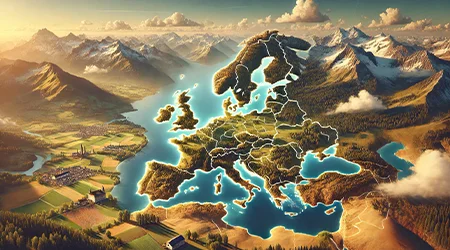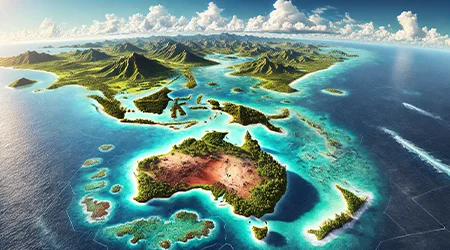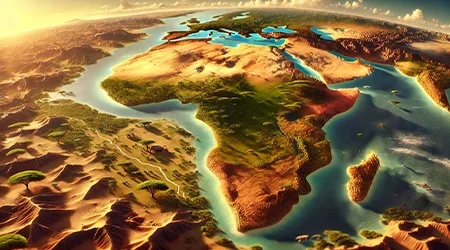Continents
Explore flags by continent and discover unique facts about countries from around the world.

Europe, part of Eurasia in the Northern Hemisphere, weaves a rich tapestry of history and culture. From London’s vibrant streets to Athens’ ancient ruins, it blends tradition with innovation.
View Flags
Asia, the largest continent in the Northern and Eastern Hemispheres, spans mountains, deserts, and megacities. From Kyoto’s temples to Mumbai’s bustle, it’s a hub of ancient wisdom and modern energy.
View Flags
North America, in the Northern and Western Hemispheres, blends urban energy with vast wilderness. From New York’s skyline to Guatemala’s jungles, it’s a continent of diversity and ambition.
View Flags
South America, in the Southern and Western Hemispheres, captivates with the Amazon, Andes, and lively cities. From Peru’s Inca trails to Brazil’s carnivals, it pulses with heritage and passion.
View Flags
Oceania, dotted across the Pacific in the Southern Hemisphere, is a realm of islands with unique wildlife and landscapes. From Australia’s outback to Fiji’s reefs, it’s a haven of natural beauty.
View Flags
Africa, straddling the equator in both hemispheres, dazzles with savannas, wildlife, and cultural depth. From Egypt’s pyramids to Kenya’s migrations, it’s a land of ancient roots and vibrant traditions.
View Flags












